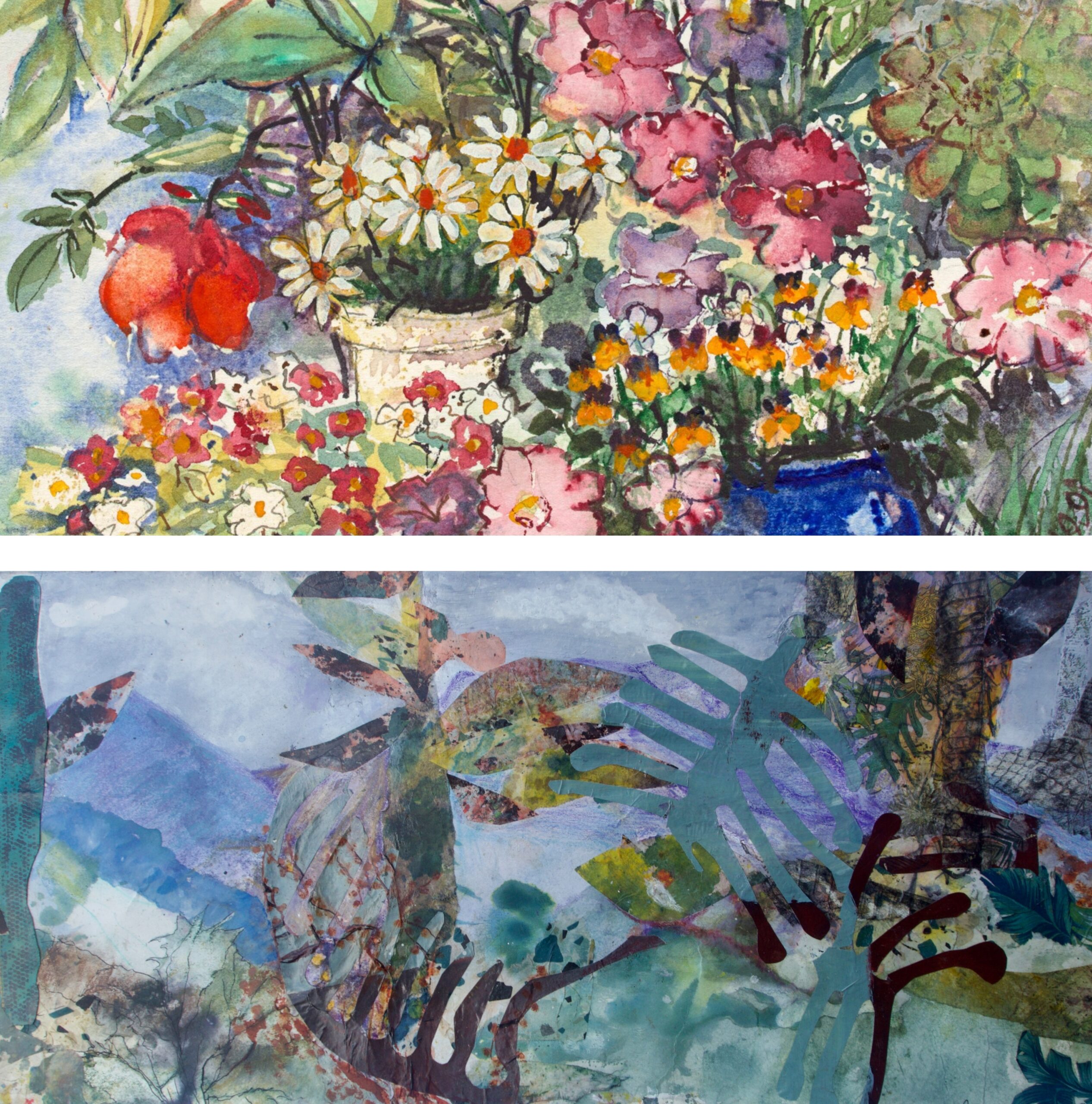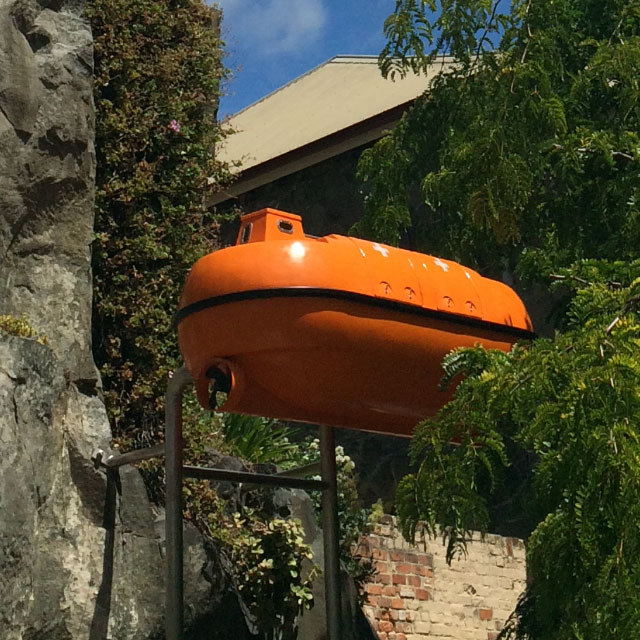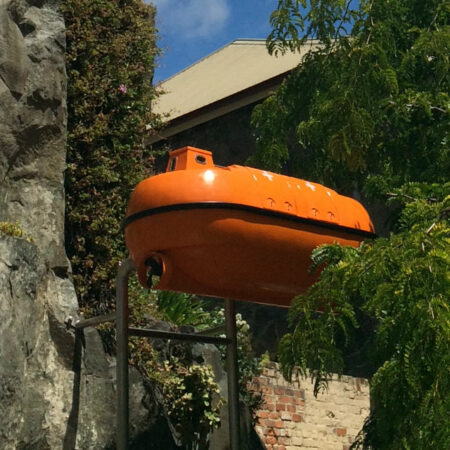Daily opening times:
11 – 21 January, 2024
10am – 3.30pm
The elevation of Joy through artistic creation in the face of Climate Change.
Expressing colour, light, & beauty through visual creative expression, lifts our spirits to ‘higher ground’, and sharing with you, adds to our joy.
Maggi
We are 2 best friends, 2 creatives who met in the Northern Rivers region of NSW in the late 70’s…when there was a chance to avert the effects of Climate Change.
We have shared together 2 climate-caused calamities … the fearful threat of fire to Inara’s farm in 2019, … then the sadness & despair from the horrendous floods of February 2022 when the heart of our old town of Lismore was mashed with water and mud.
Despite the background hum of anxiety that remains & is now forever created by Climate Change uncertainties and traumas, we delight in creativity. It lifts us to ‘higher ground’ within.
Making images of colour and light that are inspired by the beauty, shapes and bounty of nature on our beautiful planet, this, is joyful.
Having this opportunity to share, helps me remember how important it is to feel safe, with feet dry, in the company of good friends.
Inara
In these works my descriptions and awareness of the diverse aspects of the landscape of the Northern Rivers region of NSW are intended to be viewed as a perception of my emotional connection to place rather than a representation of a locality.
The art works are a portrayal of my being spiritually in tune with and connected to the land. Respecting the relationship between spirit and matter as being the source of joy and wellbeing in my life, with a recognition of the divine; of something greater at work in our lives.
Using pattern. colour, collage and texture, the artworks attempt to reflect this kinship and relationship to the natural world.
















